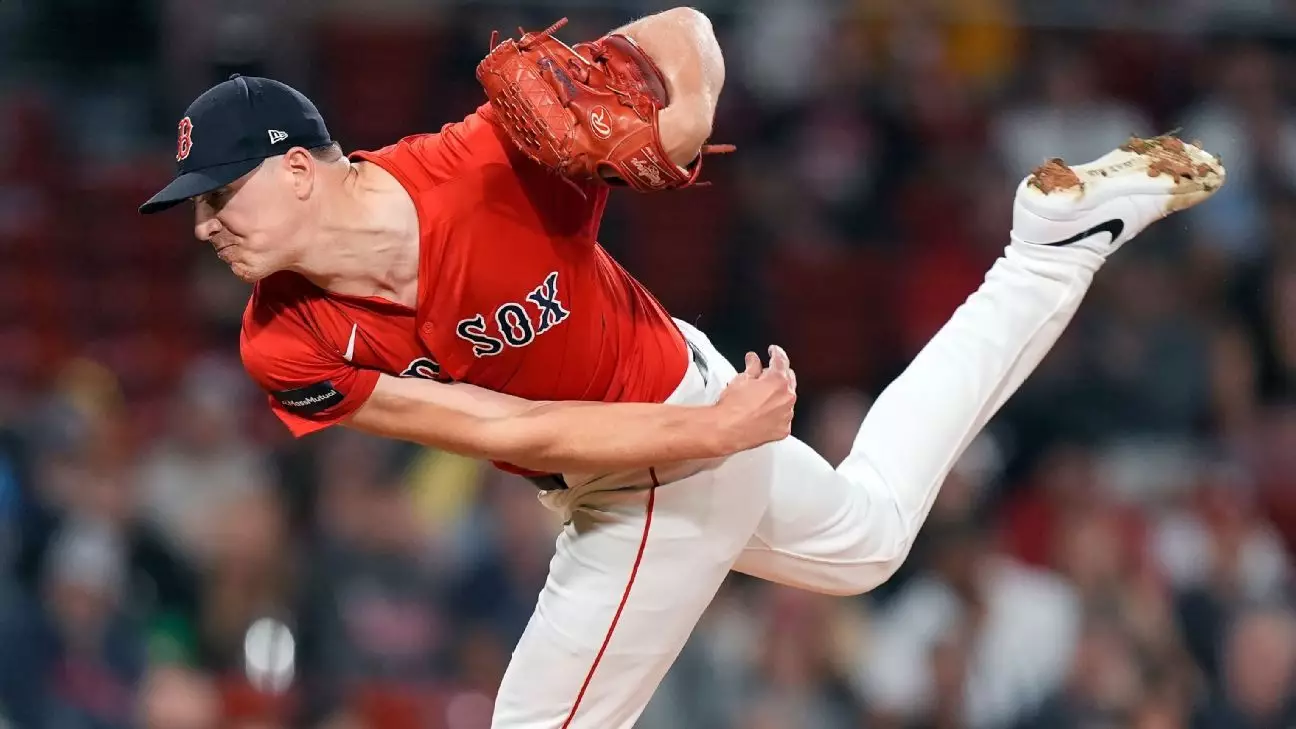The San Diego Padres made a significant addition to their starting rotation by signing veteran right-hander Nick Pivetta to a four-year, $55 million contract. This strategic move reflects the team’s ongoing challenge to strengthen its pitching lineup while remaining financially agile. Superficially, Pivetta’s arrival seems to address an existing gap, particularly in the wake of Joe Musgrove’s recovery from Tommy John surgery. However, a deeper examination reveals several layers of complexity to both the contract structure and the implications for the team’s future performance.
Pivetta’s contract is not just another number on the books; it’s intricately designed to accommodate the team’s financial constraints. Rewarding a player with a $3 million signing bonus while limiting their annual salary to only $1 million in 2025 creates a financial cushion for the Padres. As the payroll climbs, currently set at $194 million for 2025, this approach allows flexibility for future acquisitions and roster adjustments. However, a backloaded contract raises questions about the Padres’ long-term financial strategy and whether it might limit their options in subsequent seasons as they commit significant sums to Pivetta in the latter years of the deal.
Pivetta has been somewhat of a reliable figure during his tenure with the Boston Red Sox, averaging 156 innings with a respectable 4.33 ERA over the past four seasons. His ability to strike out 26.9% of hitters, combined with a career-low walk rate of 6.1% last year, paints a promising picture for his contribution to the Padres. Nonetheless, one must question whether these statistics translate to success in a new environment. Historically, players often face challenges adapting to different teams and playing conditions, which adds an element of risk to the Padres’ decision to invest heavily in Pivetta.
Nick Pivetta’s addition will likely slot him in as the fourth starter behind Dylan Cease, Yu Darvish, and Michael King, creating a layered depth chart for the Padres. Yet, alongside these established pitchers, competition remains fierce for the fifth spot, with Matt Waldron and Randy Vasquez each eager to secure their place. This dynamic could foster a competitive environment conducive to team growth, but it also raises concerns regarding team chemistry. The challenge will be maintaining harmony and unity in a rotation where some pitchers are vying for limited opportunities.
The Road Ahead: A Cautious Optimism
General Manager A.J. Preller navigated a conservative offseason prior to Pivetta’s signing, which may have been laden with cautious optimism after a disappointing postseason exit. The slow approach to building the roster indicates a broader strategy aimed at long-term growth rather than short-term, flashy moves. Despite setbacks during the offseason, including Musgrove’s injury, the Padres’ commitment to reinforcing their rotation with Pivetta is commendable.
While Pivetta’s signing represents a foundational step toward improving the pitching lineup, it remains to be seen whether he can live up to expectations and deliver the consistent performance needed to propel the Padres into postseason contention. As the season unfolds, the ramifications of this contract will become increasingly evident, illuminating the balance between financial strategy and competitive improvement.

